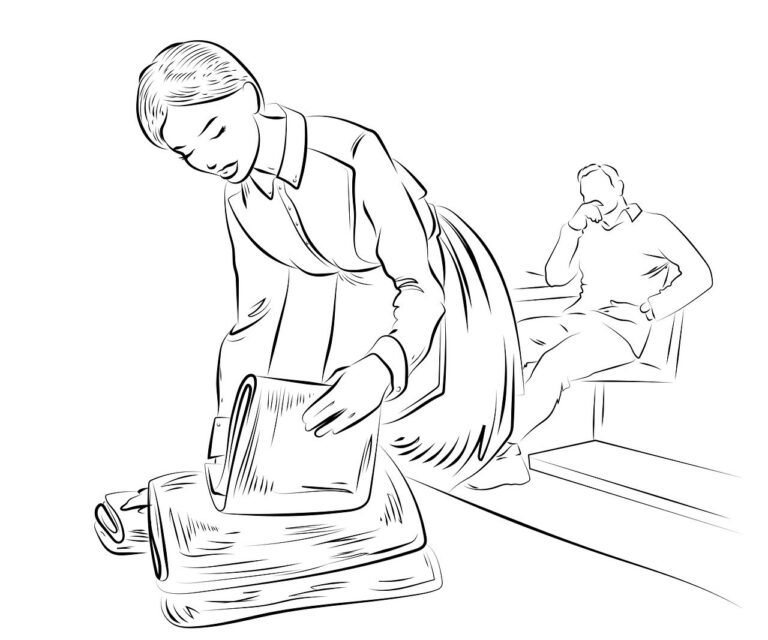Understanding Your Menstrual Cycle
The menstrual cycle is a vital sign of a woman’s health, yet it’s often misunderstood or shrouded in myths. Let’s break it down.
- Phases of the Menstrual Cycle:
- Menstrual Phase: Shedding of the uterine lining (period).
- Follicular Phase: Ovarian follicles prepare an egg.
- Ovulation Phase: Egg is released (typically mid-cycle).
- Luteal Phase: Hormonal changes occur as the body prepares for a possible pregnancy.
- Normal Cycle Length: 21-35 days is typical.
- When to Seek Help: Consult a doctor if cycles are irregular, painful, or absent.
Understanding your cycle empowers you to make informed decisions about your health.
Common Menstrual Disorders and Their Management
Many women experience menstrual disorders, but most don’t seek timely help due to stigma or lack of awareness. Let’s explore common issues.
- Common Disorders:
- Dysmenorrhea: Painful periods.
- Amenorrhea: Absence of periods.
- Menorrhagia: Heavy or prolonged bleeding.
- PCOS: Polycystic Ovary Syndrome, leading to irregular cycles.
- Management Tips:
- Over-the-counter pain relief (e.g., ibuprofen) for mild discomfort.
- Hormonal treatments or lifestyle changes for chronic issues.
- Consult a gynecologist for severe or recurring problems.
Timely treatment can improve your quality of life and prevent complications.
Busting Menstrual Myths
Cultural taboos and misinformation often surround menstruation. It’s time to separate fact from fiction.
Myths vs. Facts:
- Myth: Women shouldn’t exercise during periods.
Fact: Light to moderate exercise can reduce cramps and improve mood. - Myth: Menstrual blood is “dirty.”
Fact: Menstrual blood is a natural bodily function with no toxins. - Myth: Only teenagers have period irregularities.
Fact: Hormonal changes at any age can cause irregularities.
Menstrual Hygiene: Do’s and Don’ts
Good menstrual hygiene is essential for preventing infections and maintaining overall health.
- Do’s:
- Change sanitary products every 4-6 hours.
- Wash with water and mild soap (avoid harsh chemicals).
- Use breathable materials (e.g., cotton underwear).
- Don’ts:
- Avoid reusing disposable sanitary products.
- Don’t ignore unusual symptoms like itching or foul odors.
Nutrition During Menstruation
Your diet can impact how you feel during your period. Fuel your body with the right foods to ease symptoms.
- Foods to Eat:
- Leafy greens for iron and magnesium.
- Bananas for potassium to ease cramps.
- Dark chocolate for magnesium and mood enhancement.
- Foods to Avoid:
- Processed snacks high in salt (can worsen bloating).
- Sugary foods (may amplify mood swings).
- Caffeine (can increase irritability or cramps).
A balanced diet tailored to your menstrual needs can significantly improve your comfort.
Encouraging open discussions and education around menstrual health is vital. By breaking down barriers and promoting accurate information, we can foster better health outcomes for all.




